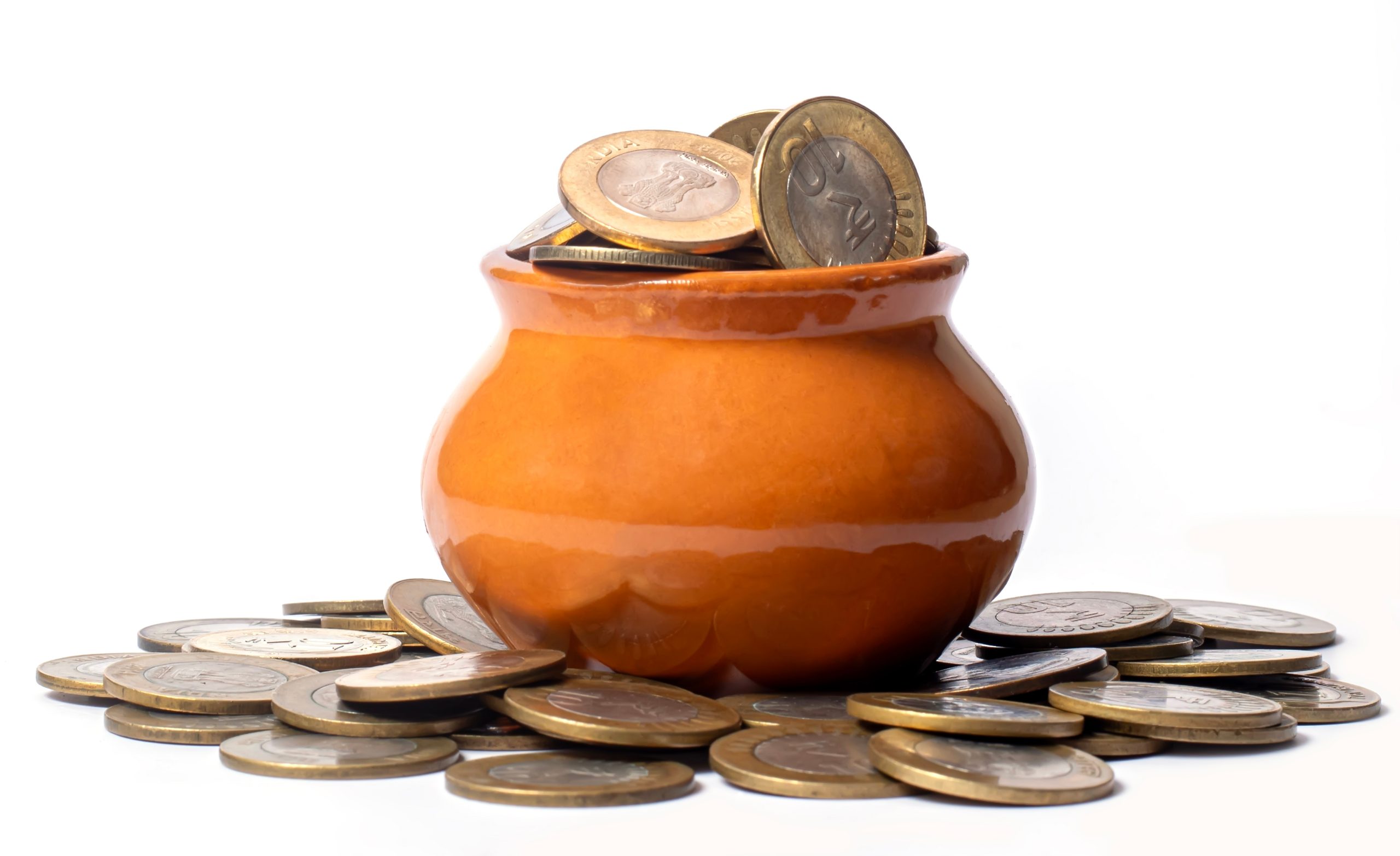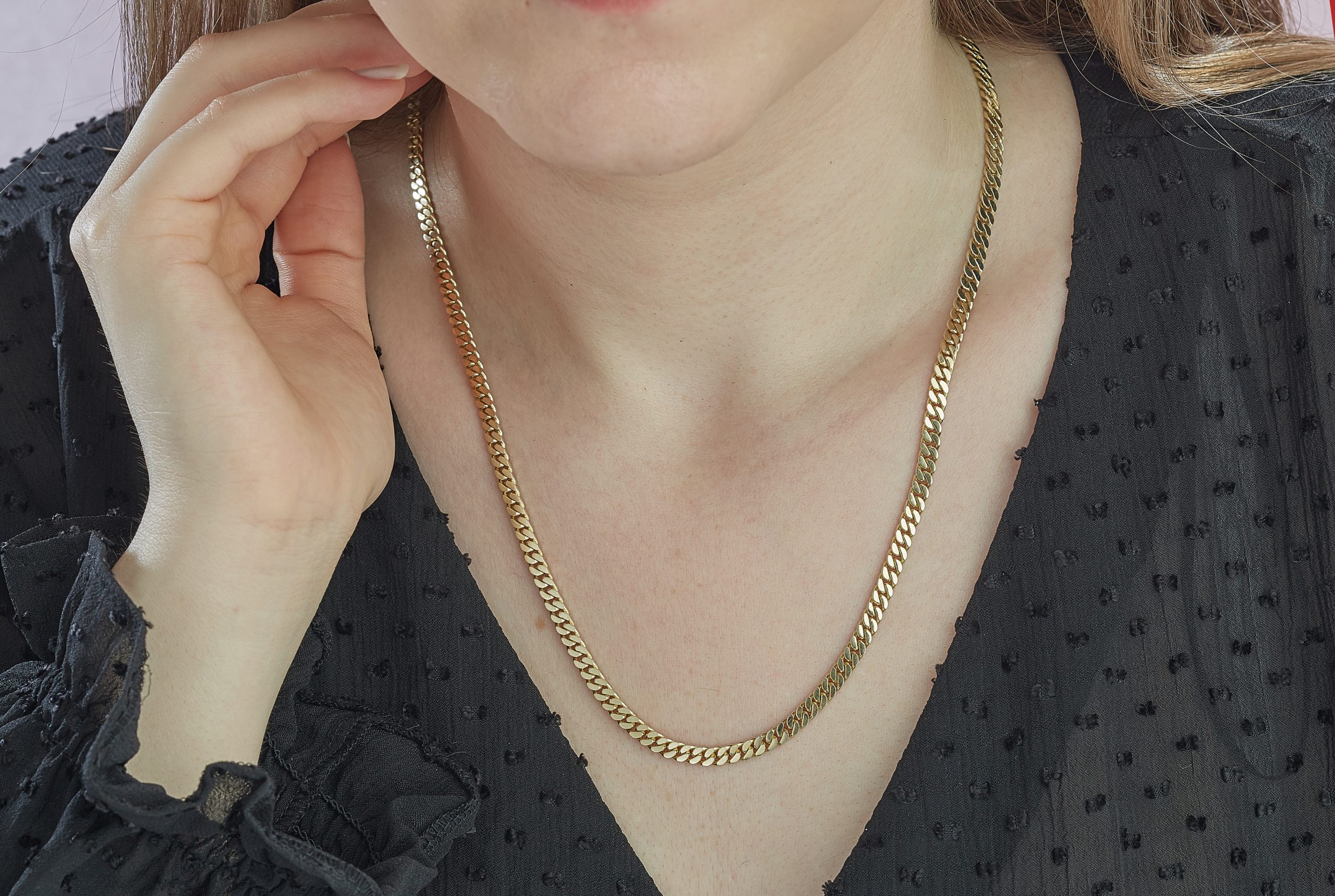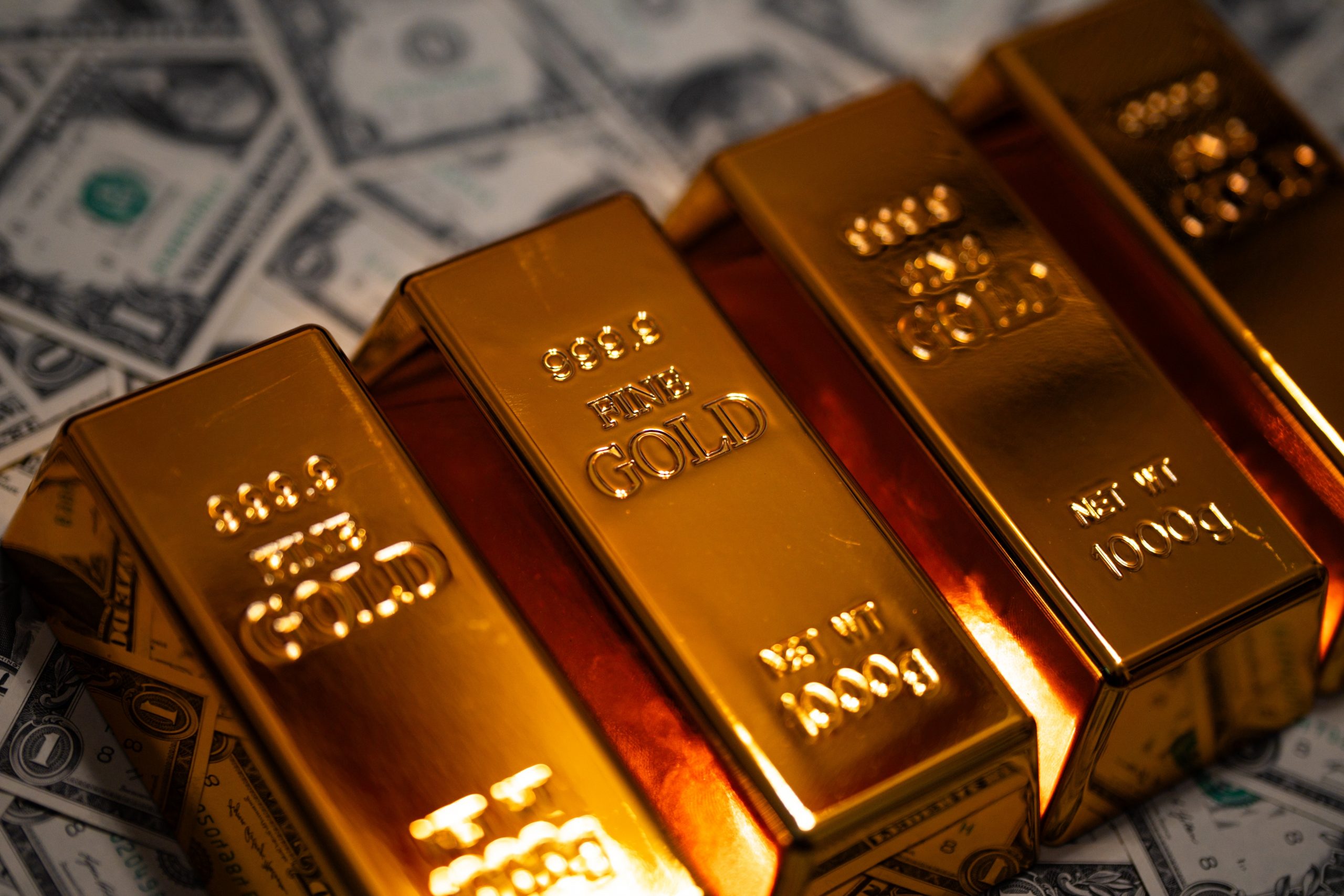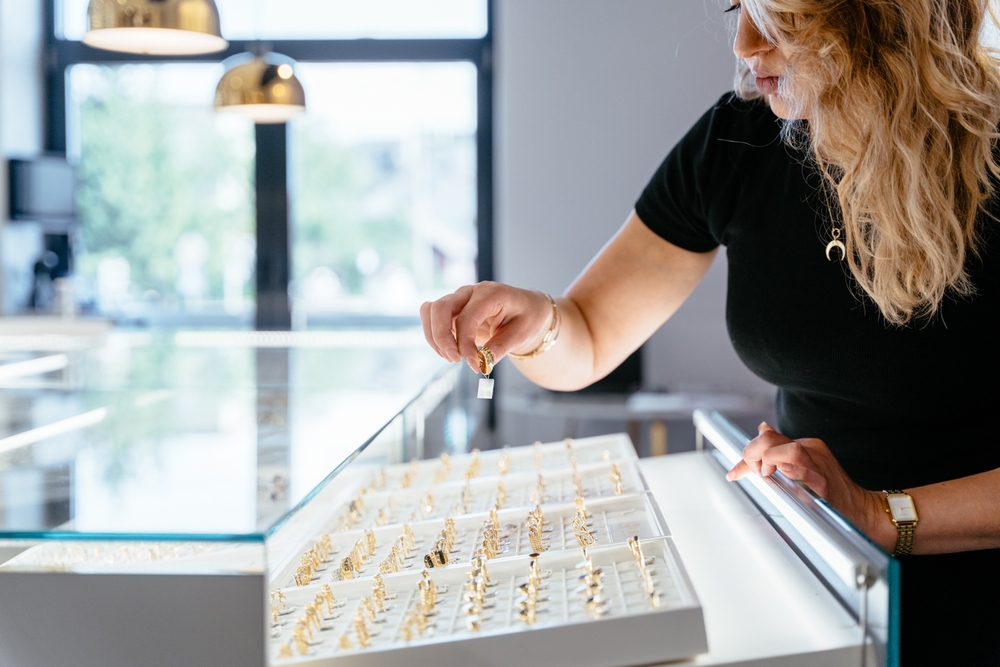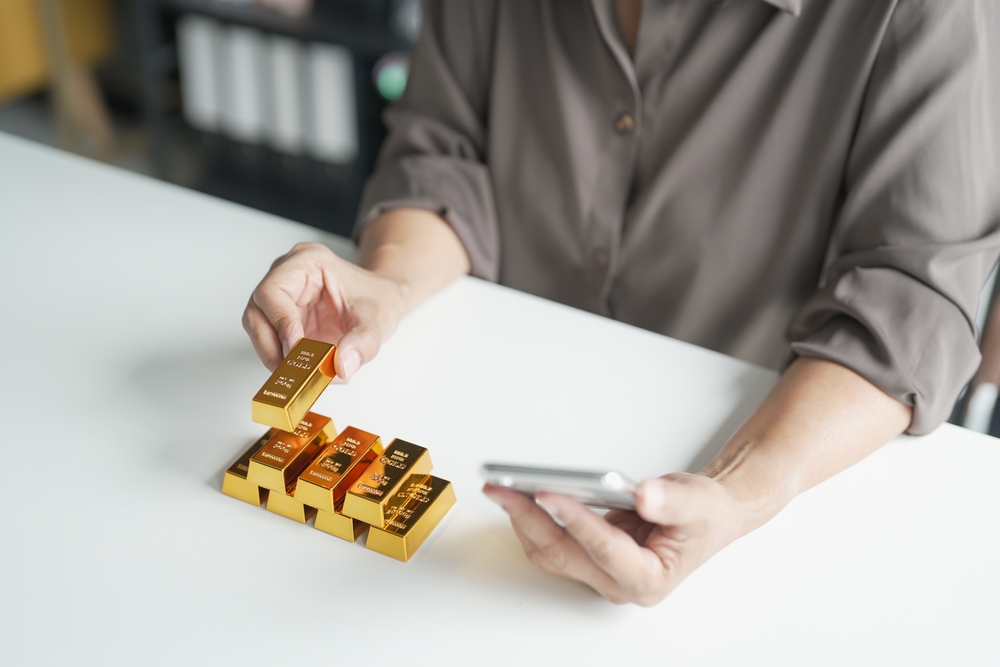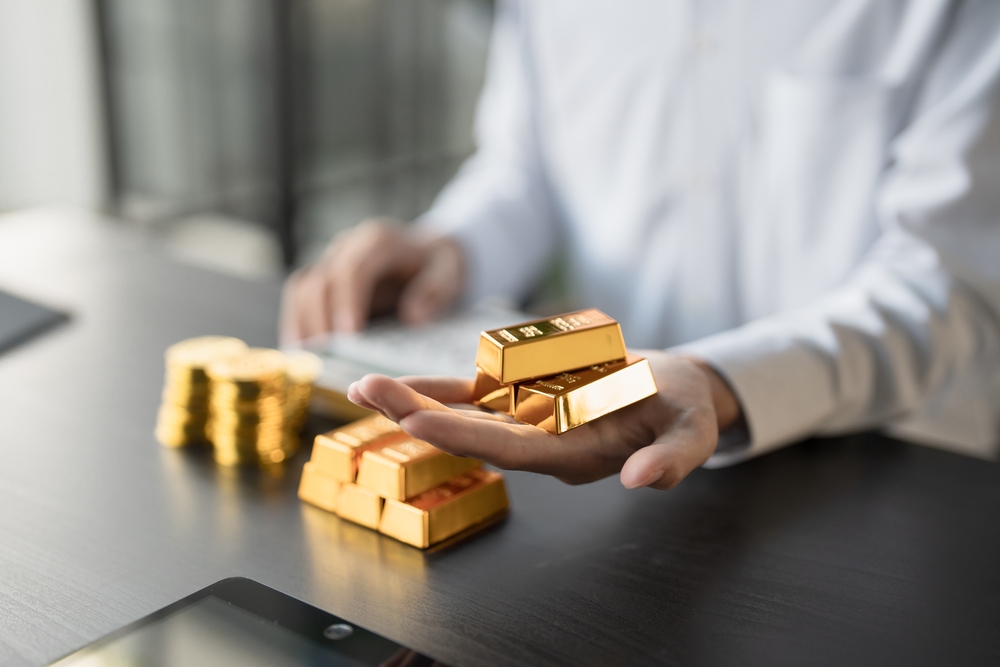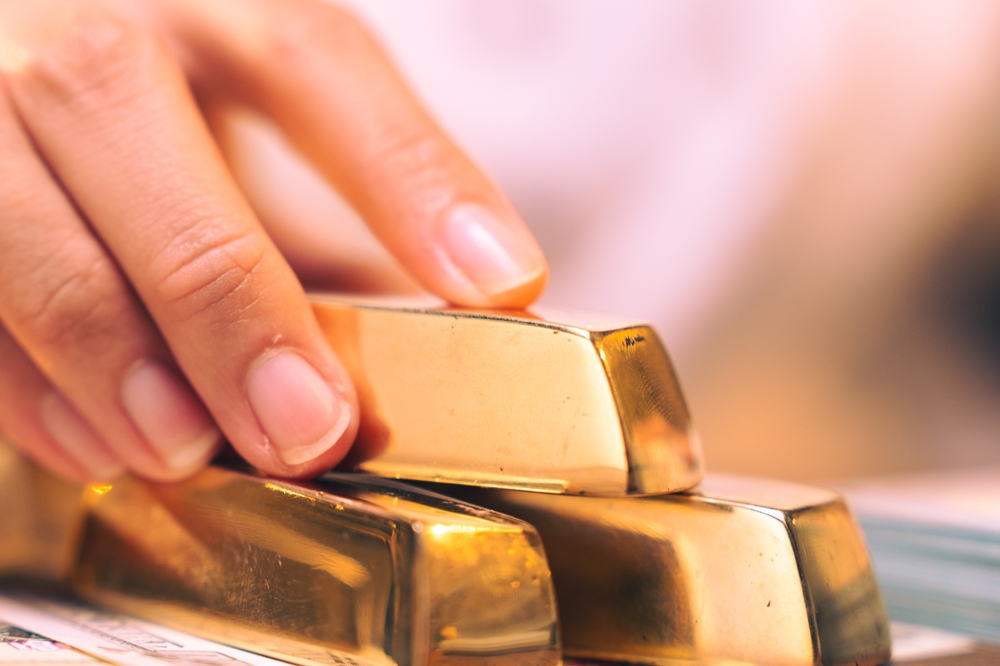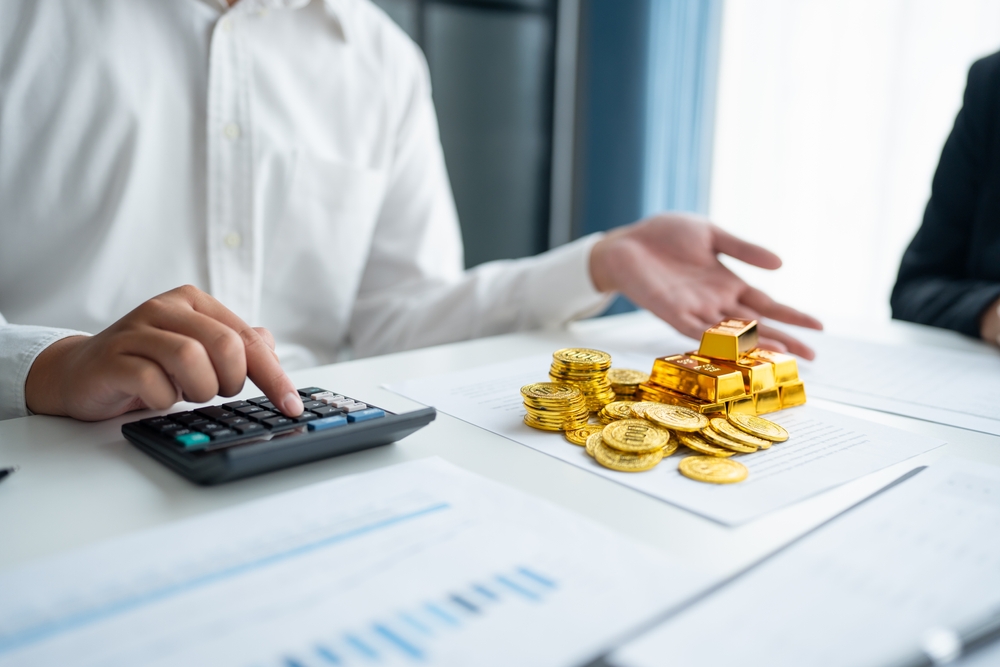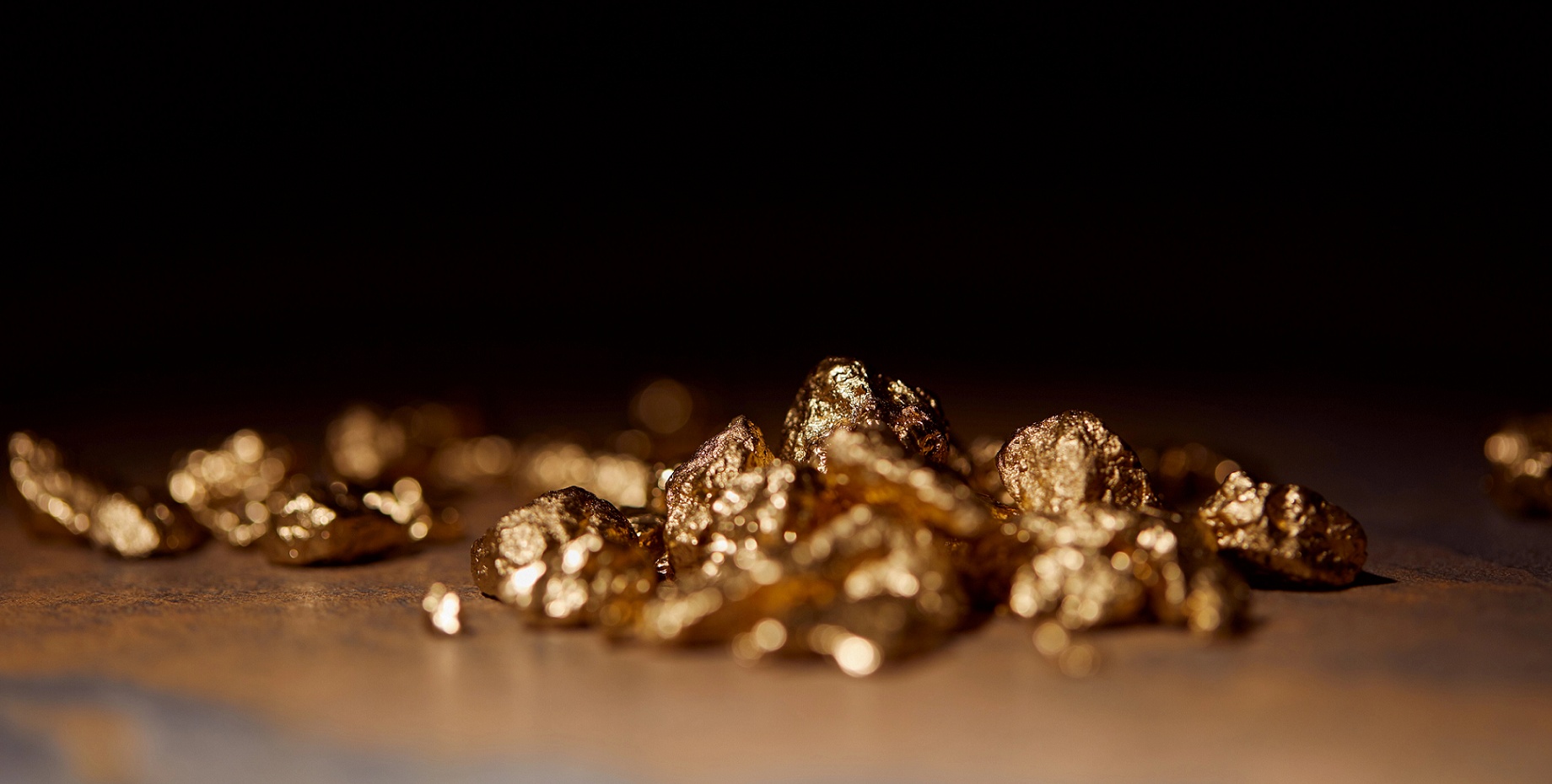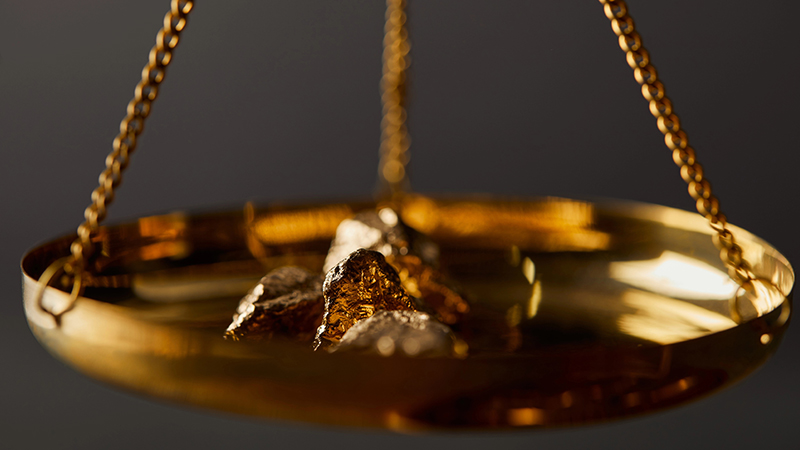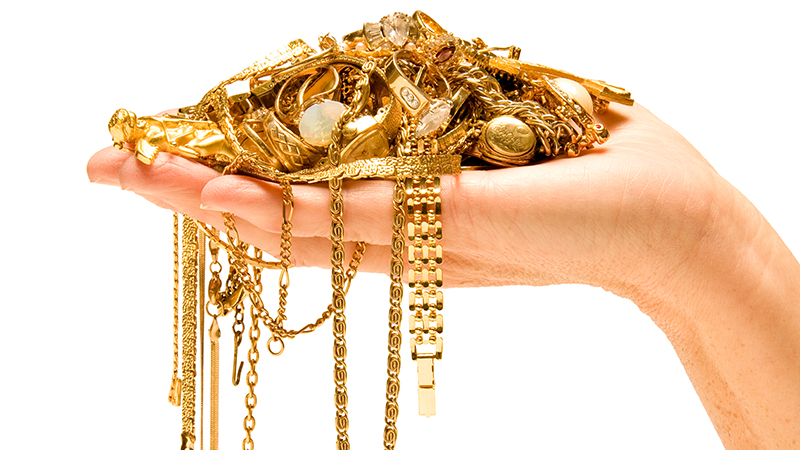When we think about gold, it is easy to assume its worth is tied only to weight and purity. However, coins often trade for more than the raw gold they contain. As gold buyers in Saskatoon, we see this every day. The reasons behind these premiums are layered, ranging from history to scarcity. Understanding them helps us make better choices when selling or buying coins.
Historical Significance
History plays a major role in why some coins command higher prices. Certain gold coins were minted during important eras or events. Collectors place value not only on the gold content but also on the story behind the coin. For example, coins produced in limited quantities during wartime or political change often attract attention. Our team has learned that this historical appeal adds to demand, and consequently, the premium rises. While melt value reflects only weight and purity, history ties the coin to culture and heritage. For this reason, coins with a remarkable past often carry higher value in the marketplace.
Numismatic Rarity
Rarity is another clear driver of premiums. A coin with a small surviving population becomes highly desirable among collectors. Even if two coins contain the same amount of gold, the rarer one will almost always sell for more. We notice this especially with early mint issues that have fewer examples left in circulation. Condition also affects rarity since coins in pristine form are harder to find. As a result, collectors are willing to pay more to secure such pieces. That difference in demand is what separates a simple bullion coin from one valued far above its melt content.
Minting and Design
Craftsmanship also influences premiums. Coins with intricate designs or special minting processes often cost more than basic bullion coins. We find that coins struck with proofs or limited editions draw additional collector interest. These details matter because they represent artistry beyond the raw material. Moreover, some mints introduce series that people aim to complete, and missing pieces drive competition. Consequently, coins with distinctive designs can command a price well beyond their gold content.
Collector Demand
Market demand from collectors plays a direct role in price. Some coins develop strong followings due to their design, symbolism, or historical ties. When more people want a coin than the available supply allows, prices increase. We observe this frequently when a coin is part of a popular set that many collectors pursue. Likewise, certain anniversaries or cultural themes create waves of interest. That surge often results in premiums that remain higher for years, even if the coin’s melt value stays the same. In this way, collector enthusiasm shapes real-world prices.
Government and Legal Tender Status
Some gold coins are recognized as legal tender, even if their face value is symbolic compared to the gold content. This official status often makes them more trusted and desirable. We have found that coins backed by governments are considered safer to trade than private mint bars. As a result, buyers often accept small premiums as the cost of reliability. That legal tender guarantee also ensures authenticity, which adds a layer of confidence for both collectors and investors. Therefore, coins with government recognition usually trade at a higher level than raw bullion.
Condition and Grading
Condition is one of the most important factors in coin valuation. Grading systems exist to classify coins, and higher grades often carry exponential premiums. A coin that looks uncirculated will fetch more than one showing wear, even if both contain the same gold. Our experience tells us that small differences in quality can translate into big differences in price. Professional grading adds further assurance, making coins easier to sell at a premium. Buyers trust that grade as a measure of authenticity and quality, which helps explain why condition influences premiums so strongly.
Liquidity and Recognition
Certain coins are simply more liquid than others. Well-known coins like Maple Leafs or American Eagles sell faster because people recognize and trust them. As gold buyers in Saskatoon, we often see these coins move quickly, even with premiums. The ease of trading them justifies the higher cost. Meanwhile, lesser-known coins may not sell as easily, even if they contain the same gold. Recognition ensures confidence, and that confidence translates into market value. In other words, liquidity itself is part of the premium.
Emotional Value
For many people, coins hold personal meaning. Family heirlooms, gifts, or pieces tied to national pride carry a sense of identity. While this emotional layer does not always show up in market pricing, it does influence buying and selling decisions. We often meet individuals who prefer coins with symbolic value rather than plain bullion. This preference, while not universal, still adds weight to demand. Emotional ties explain why some coins attract higher offers, even when their melt value remains unchanged.
Investment Appeal
Gold coins are often purchased not only as collectibles but also as investments. Premiums reflect that role. We have observed that coins seen as stable, recognizable, and secure attract buyers looking for long-term protection. For instance, investors may accept premiums because they believe these coins will remain desirable in the future. This dual role as both asset and collectible helps explain why premiums exist at all. Coins become more than just metal; they act as both security and culture wrapped together.
Practical Tip for Sellers
When considering selling coins, it is important to understand both melt value and collector value. Our team advises checking recent sales of similar coins to gauge fair market pricing. Buyers who only look at weight may overlook collectible demand. At the same time, premiums can fluctuate based on current interest, so timing also matters. If you are unsure, working with trusted professionals helps avoid undervaluing your collection. You can also review market information from reliable sources, such as established gold buyers in Saskatoon, to better understand current pricing.
Navigating Local Markets
Local demand can make a noticeable difference in what coins sell for. Some regions show stronger interest in specific designs, while others focus only on melt value. In our city, we have seen that certain coins spark more interest due to cultural ties. Being aware of these local preferences allows us to make smarter selling decisions. This is especially true when premiums vary across provinces or even cities. Checking in with professionals who track these trends ensures you know the best way to present your coins in the market. For more insights, you can look at options for gold coin evaluations in Saskatoon.
Knowing When to Sell
Timing plays a major role in maximizing premiums. Collector demand, market trends, and even seasonal interest can shift prices. We encourage sellers to watch both the gold market and numismatic trends. Selling during peak demand periods often results in better returns. At the same time, holding too long can mean missing opportunities if interest wanes. Making these decisions requires careful attention, and sometimes a second opinion helps. Our team believes planning your sale around both market strength and collector demand is the best way to secure fair value. To learn more, you can explore available coin appraisal services in Saskatoon.
FAQ
Why do gold coins cost more than their gold content?
Because factors like rarity, condition, demand, and recognition add value beyond melt content, coins often carry extra premiums.
Do all gold coins have premiums?
Not all coins do. Basic bullion coins may trade closer to melt value, while rare or collectible coins usually command higher premiums.
Can coin premiums change over time?
Yes. Premiums rise or fall with collector demand, market conditions, and shifts in popularity. Monitoring trends helps sellers decide when to act.
How do I know if my coin is rare?
Checking mintage numbers, grading, and past sales helps determine rarity. Professional evaluations can also provide reliable insight.
Is it better to sell coins or melt them?
It depends. If a coin has historical or collector appeal, selling it intact usually yields more. Melting is rarely beneficial unless premiums are minimal.

